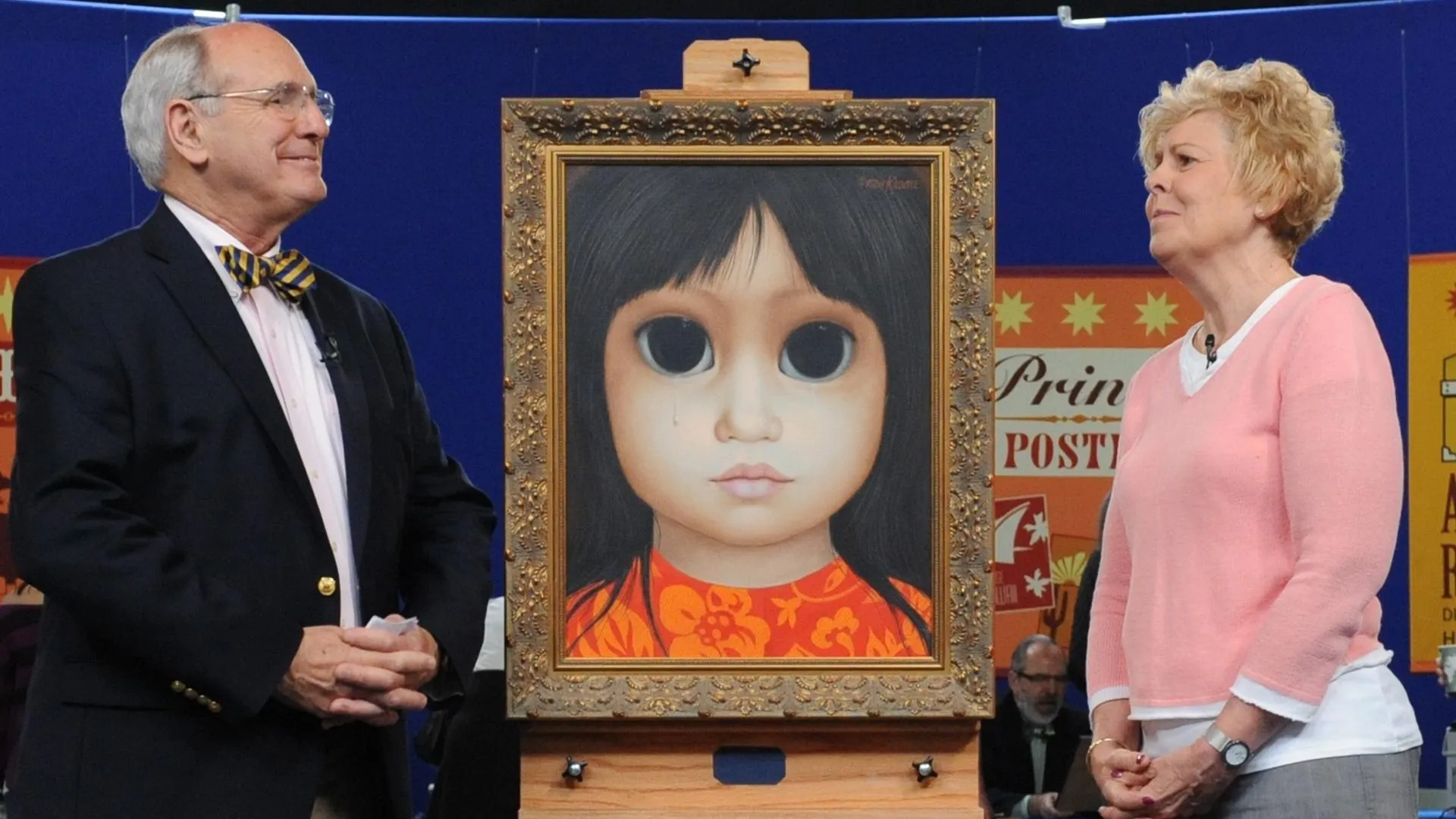GUEST: I brought you our dining room table. We bought it in 1986. I was pregnant with my son. I walked into an antique store in Cambridge, Massachusetts. I saw this table and I completely fell in love. I had never seen anything like it. I put a deposit down, I went home to my husband. I said, "There's a table there, it's really expensive, we don't have a lot of money, but we have to have this table." And so he said, "I can't say no to a pregnant woman." So we ended up buying the table.
APPRAISER: Well, when we look at a piece of furniture, we examine it first to find out what does it tell us about a given piece? And here when we look at it we can say this is oak, which is a wood that's used for centuries, but it's very common to be used at the 19th century to the 20th century. Also, designwise, we can see this element here, which is very Victorian, late 19th century. As we drop down the leg, we see these cross members here and these through tenons. And this one piece runs all the way through the leg. This is a design element that you see in the first part of the 20th century with the Arts and Crafts movement. So this is a transitional piece from the Victorian to the Arts and Crafts movement. And we can really date this to a very specific time, like 1895 to 1900. And in that time in America it's very innovative. The 19th century is marked by the Industrial Revolution and innovation from all sectors of industry and certainly in 19th century furniture as well. This has some very unique components, doesn't it?
GUEST: Yes.
APPRAISER: And we see on the ends here this tambour top.
GUEST: Right.
APPRAISER: So unlike a table when we go to the dining room table for Thanksgiving or Christmas, we don't have to go to the carriage house and pull out these bulky leaves. We just simply pull out this handle.
GUEST: Yup.
APPRAISER: And crank it. And what's fascinating about this to me is these legs move, it's almost... it's almost free-floating.
GUEST: Right.
APPRAISER: The casters are recessed. When we look under the underside of the table we see these tremendous gear mechanisms that it's almost like a car.
GUEST: (chuckling): Yup.
APPRAISER: (grinding) I mean you can hear it just "cha-chink, cha-chink." So a great innovation. So I think none of my fellow appraisers have seen this table, I've never seen anything like it, anybody I've talked to has never seen anything like it, can't see anything like it online. So you think, "Well, how did it come to be?"
GUEST: Right.
APPRAISER: And I think this is clearly a factory-made piece of furniture.
GUEST: Uh-huh.
APPRAISER: So my suspicion is that this unknown furniture factory probably on the Atlantic seaboard somewhere manufactured this piece as a sample piece to see if it would catch.
GUEST: Ah...
APPRAISER: And I think the cost of it became prohibitive so that the market couldn't absorb it. Fabulous piece of furniture, though.
GUEST: Thank you.
APPRAISER: I thoroughly enjoy it. Do you mind if I ask how much you paid for it?
GUEST: We paid $1,800 in 1986, which was a lot of money for us at the time.
APPRAISER: 19th century furniture, particularly today, is one of those things, it hasn't changed a lot. The market goes up, it goes down, and it's probably at a low point today. Everybody in the building loves this table. (chuckles) But I think it caps out at a certain price. So probably if we were to put it in auction, I would estimate it at $2,000 to $3,000. A little bit more than what you paid for it, but I think it would find a ready marketplace.
GUEST: Yeah, but I would never want to sell it.








